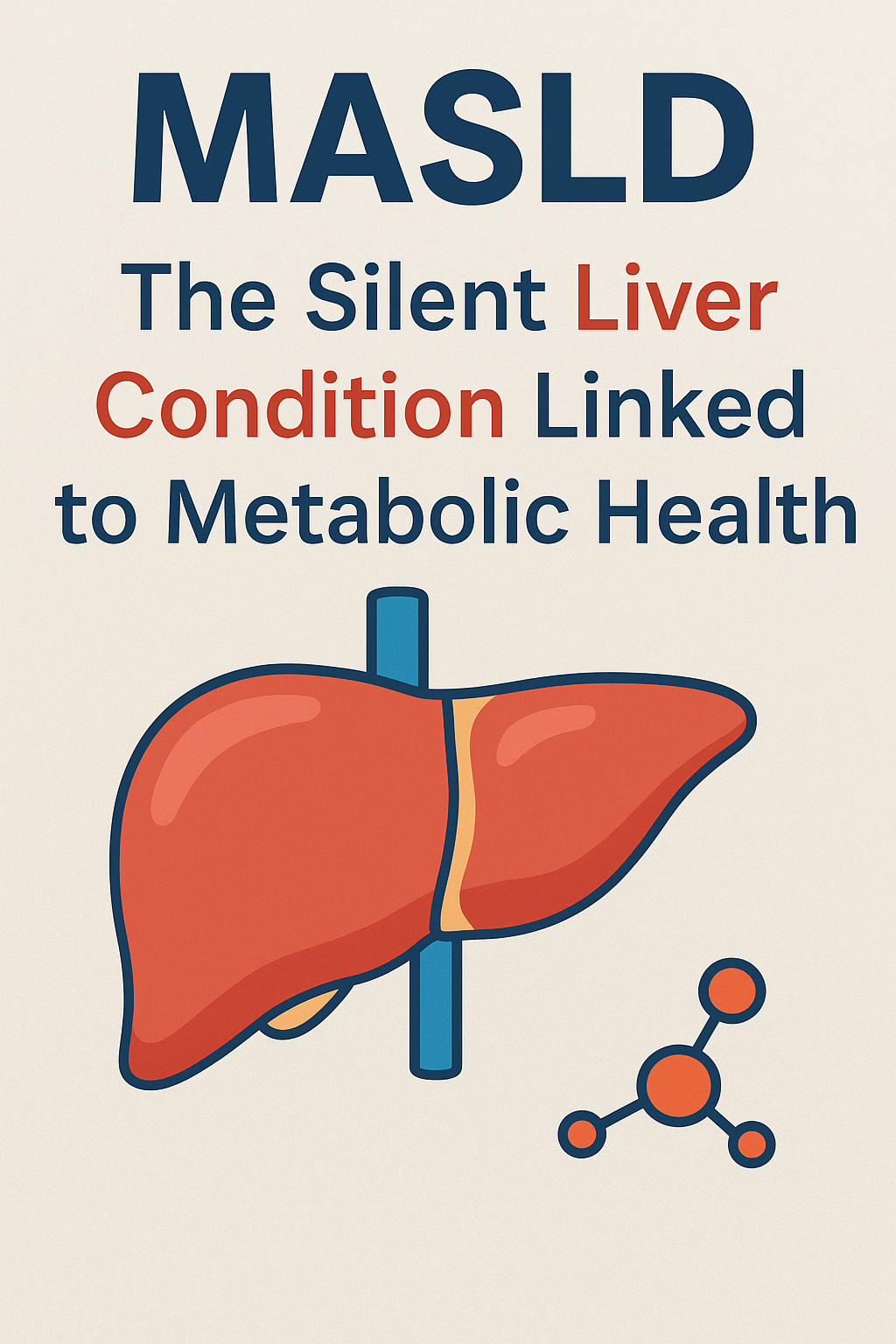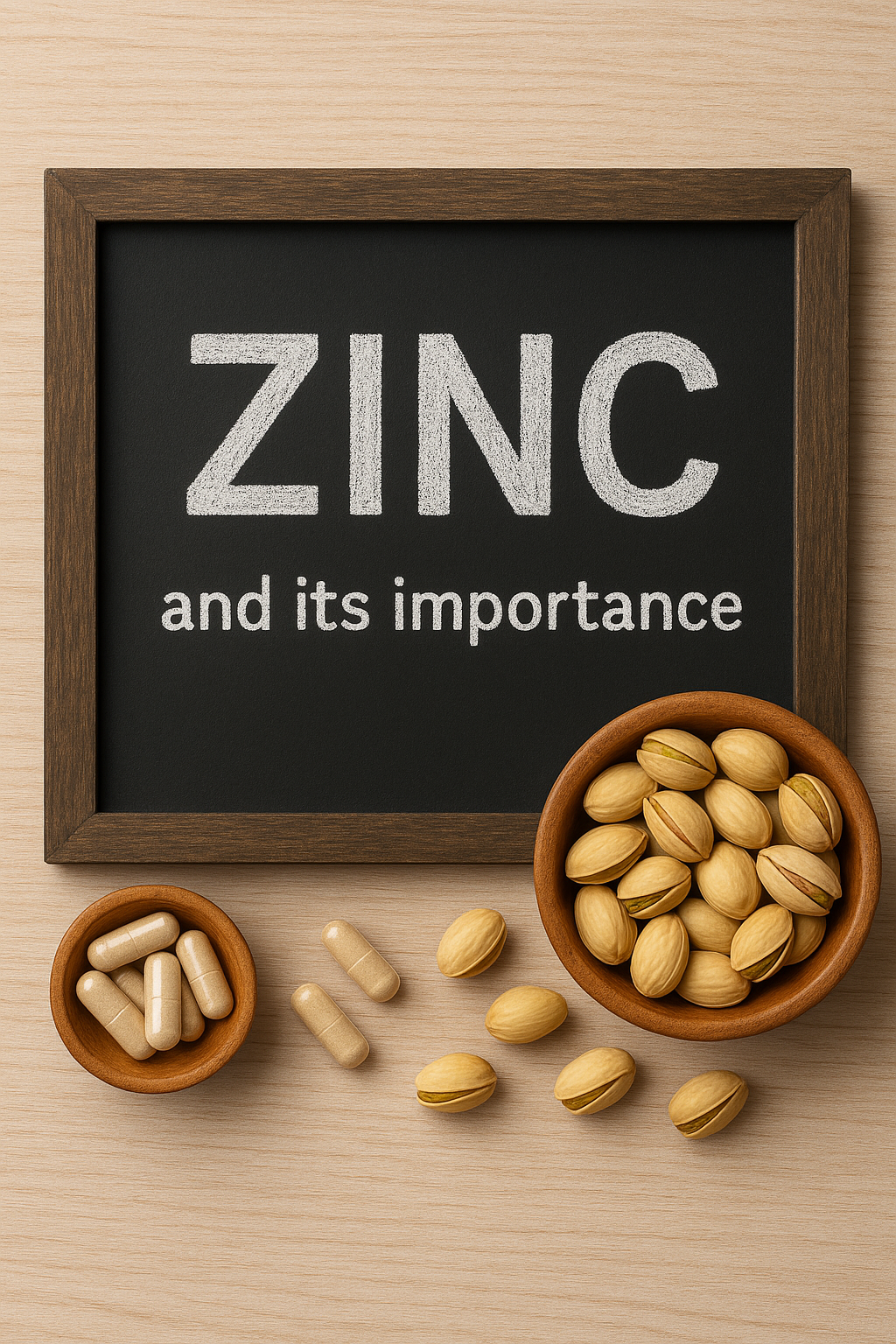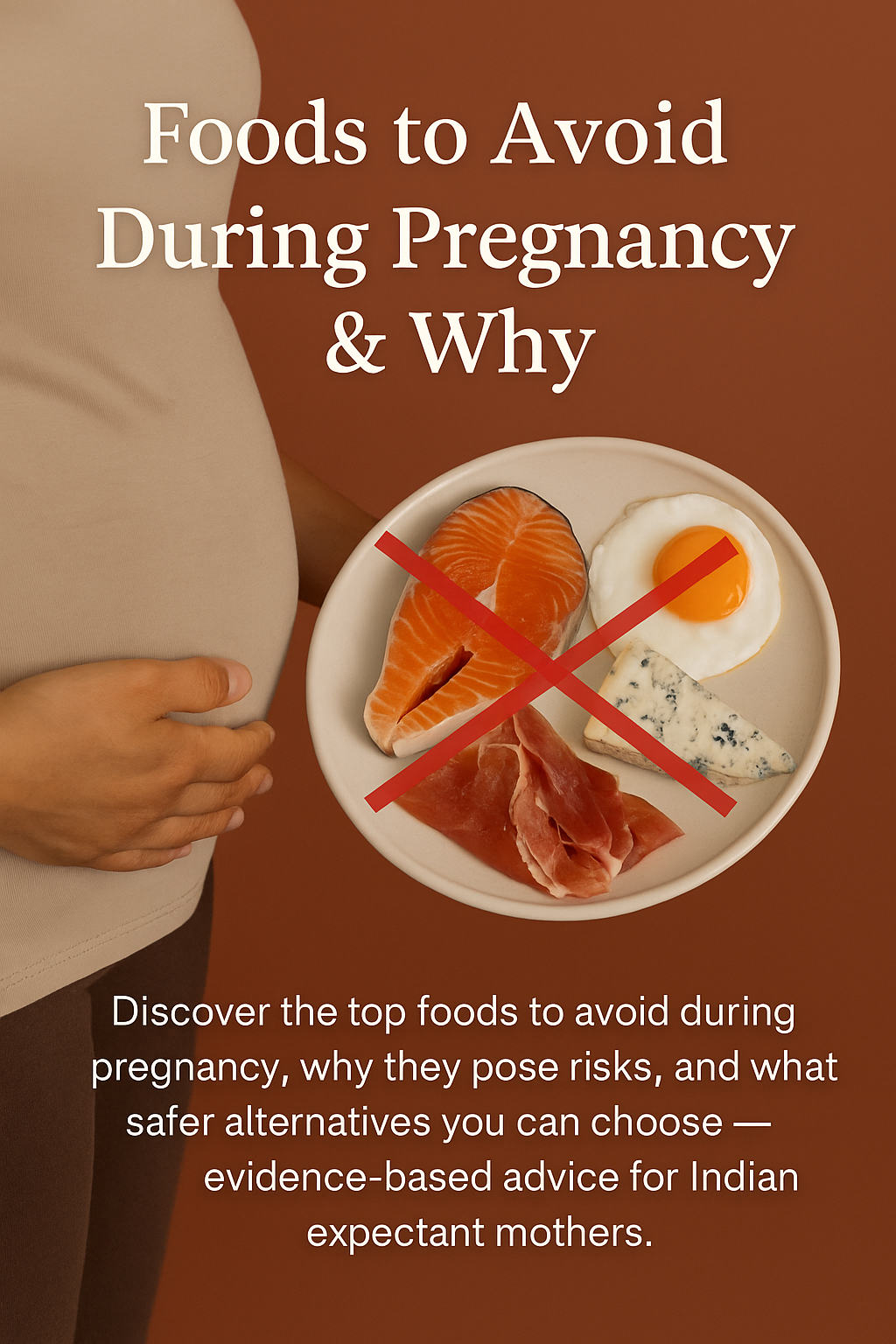In recent years, A2 ghee has exploded in popularity — commanding higher prices and grabbing premium shelf space. Promoted as a healthier, easier-to-digest, and more “natural” alternative to regular ghee, A2 ghee is marketed as a nutritional upgrade for everything from immunity to brain health.
But is it actually superior? Or is it just another case of smart branding?
Let’s dive deep into the science, unravel the myths, and discover what your body really gets from a spoonful of ghee.
🧬 First, What Is A1 vs A2?
Milk contains several proteins, but β-casein is one of the major ones. There are two main variants:
-
A1 β-casein: Common in milk from Western breeds like Holstein Friesian, Jersey, etc.
-
A2 β-casein: Found in milk from indigenous Indian cow breeds like Gir, Sahiwal, Red Sindhi, and Tharparkar.
The key difference lies in one amino acid:
-
A1 has histidine
-
A2 has proline
This small change affects how the protein is digested.
🤔 Why Does This Matter?
During digestion:
-
A1 β-casein may release a peptide called beta-casomorphin-7 (BCM-7)
-
BCM-7 has been studied for its potential links to:
-
Gut inflammation
-
Type 1 diabetes
-
Autism spectrum disorders
-
Cardiovascular disease
-
Respiratory conditions in infants
-
📚 Key Research:
-
A randomised study (Sheng et al., Journal of Pediatric Gastroenterology and Nutrients, 2019) found that participants consuming A1 milk had more gastrointestinal inflammation and discomfort than those consuming A2 milk.
-
A 2023 review in Food Science and biotechnology discussed how BCM-7 may influence oxidative stress and immune response, particularly in vulnerable individuals.
🧈 So, What Is A2 Ghee?
-
A2 ghee is ghee made from the milk of cows that produce only A2 β-casein.
-
The cows are usually native Indian breeds (Gir, Sahiwal, etc.), and the ghee is often hand-churned or made using the traditional bilona method.
But here’s the catch: ghee is nearly 100% fat.
And casein — the protein that determines A1 or A2 type — is mostly removed during the ghee-making process.
❗Reality Check: No Casein = No A1 or A2 in Ghee
📌 Ghee doesn’t retain β-casein proteins:
-
According to studies on dairy processing (International Dairy Journal, 2009), the process of clarifying butter removes milk solids (casein and whey), lactose, and water.
-
What remains is clarified butter fat.
So in biochemical terms, ghee doesn’t contain A1 or A2 casein — or BCM-7.
That means A2 ghee offers no real advantage over regular ghee in terms of A1/A2 protein content — because those proteins aren’t even present in the final product.
💡 Then Why the Hype?
1. Marketing Strategy
Consumers often associate “A2” with health benefits from A2 milk — and assume the same applies to ghee. Brands leverage this association to position A2 ghee as superior.
2. Desi Cow Nostalgia
Indian native cows (like Gir or Sahiwal) are revered in Ayurveda. Products made from their milk are considered sattvic and pure — and brands smartly tie in cultural beliefs with modern packaging.
3. Bilona Ghee Confusion
Many A2 ghee brands use the bilona method — which is a more traditional and potentially nutrient-retaining method.
But again — this is due to the process, not because of the A2 protein.
🧠 Is Ghee Itself Healthy?
Yes — in moderation. Ghee is rich in:
-
Conjugated Linoleic Acid (CLA) — anti-inflammatory, fat-burning effects
-
Butyrate — supports gut health and reduces inflammation
-
Vitamin A, E, and K2 — important for skin, vision, and bone health
-
Medium-chain triglycerides (MCTs) — easily metabolized fats for energy
But none of these benefits are exclusive to A2 ghee.
🧪 What Research Says About Ghee (Not A2)
-
A review in Ayurveda & Integrative Medicine (2024) reported that ghee, has been mentioned in both Ayurvedic and modern scientific texts for its variousbenefits to human health, including but not limited to, reduction of cholesterol, supporting digestion, and nourishing brain tissue leading to improved cognition.
-
But no peer-reviewed studies have compared A2 ghee vs regular ghee for clinical outcomes.
👉 That’s right — there are currently no published PubMed studies showing that A2 ghee is superior in terms of:
-
Nutritional value
-
Digestibility
-
Hormonal impact
-
Disease prevention
🐄 Choose Ghee Based On Quality, Not Labels
🔍 What Really Matters:
✅ Source: Grass-fed cows
✅ Processing: Bilona method or slow heating
✅ Purity: No additives, preservatives
✅ Storage: Glass jars > plastic
If a brand offers A2 ghee + high-quality sourcing + traditional preparation, it may be worth it — but not because it’s A2.
🚫 The Bottom Line
| Claim | Science Says |
|---|---|
| A2 ghee has A2 protein | ❌ No – protein removed in ghee making |
| A2 ghee is easier to digest | ❌ Not proven |
| A2 ghee reduces inflammation | ❌ No specific evidence |
| A2 milk has digestive benefit | ✅ In some studies |
| Bilona ghee is better | ✅ Possibly – slower, gentler process |
🧾 Final Verdict
A2 ghee is not a scam — but it’s also not a miracle food.
If you value traditional methods, ethical sourcing, or native cow conservation — great! But don’t pay extra thinking A2 ghee is nutritionally superior.
Choose any ghee that is:
-
Grass-fed
-
Well-sourced
-
Made the traditional way
-
Free from industrial additives
💌 Want Personalized Guidance?
Confused about which ghee to pick?
Trying to make the right food choices for hormonal balance, weight, or gut health?
👩⚕️ Contact me for a customized nutrition plan that aligns with your goals, body type, and health needs.
📩 DM or visit atozofpregnancy.com for expert, holistic support.

Akanksha Sharma
Dr. Akanksha Sharma, Head Writer and creator of AtoZ of Pregnancy, is dedicated to empowering women, parents, and families through 360-degree knowledge. She and her team provide evidence-based advice to guide families through pregnancy, parenting and beyond.






